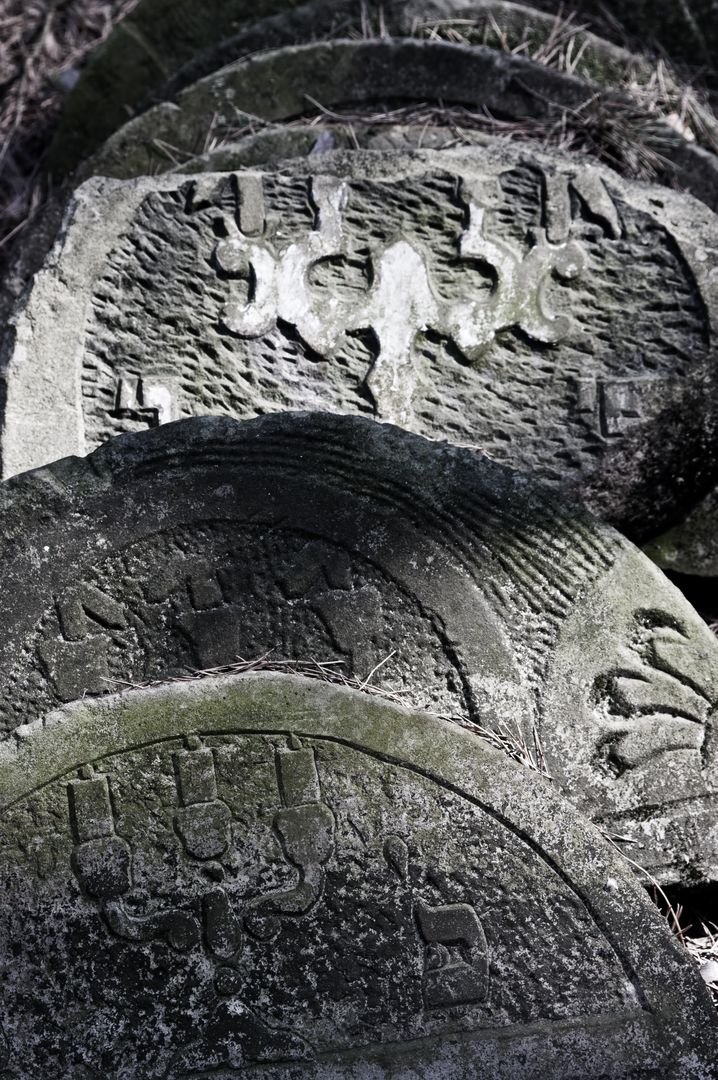Jewish cemetery in Sobienie-Jeziory
6.34

Overview
The Jewish cemetery in Sobienie-Jeziora, known as a kirkut, was once the resting place for the Jewish community of this town. Its establishment is estimated to date back to the 19th century, although the exact date remains unknown. The cemetery endured tragic times during World War II when it was destroyed by the Germans, who used the tombstones to pave roads, including the access route to the parish house, which served as the Gestapo headquarters. These actions resulted in significant losses to cultural heritage, and after the war, the tombstones continued to be used as construction material in the town. It was not until the 21st century that efforts were made to preserve the remnants of the cemetery; in the first decade of the century, some matzevot were relocated to the cemetery grounds. Particularly important were the initiatives led by Father Roman Karwacki and local resident Adam Banasiewicz, who spearheaded the retrieval of numerous tombstones from various locations. Today, the matzevot that remain in the forest are vulnerable to vandalism, posing new challenges for local authorities and organizations. The Jewish Community in Warsaw plans to clear the area and erect a monument, marking an important step toward protecting this cultural heritage and commemorating the history of the Jewish community in Sobienie-Jeziora. Despite its tragic past, this cemetery has the potential to become a memorial site that promotes awareness of Jewish culture and tradition in the region.
Location
Tertiary Administrative Division
Sobienie-Jeziory
County
Garwolin County
State
Masovian Voivodeship
Country
2025 Wizytor | All Rights Reserved